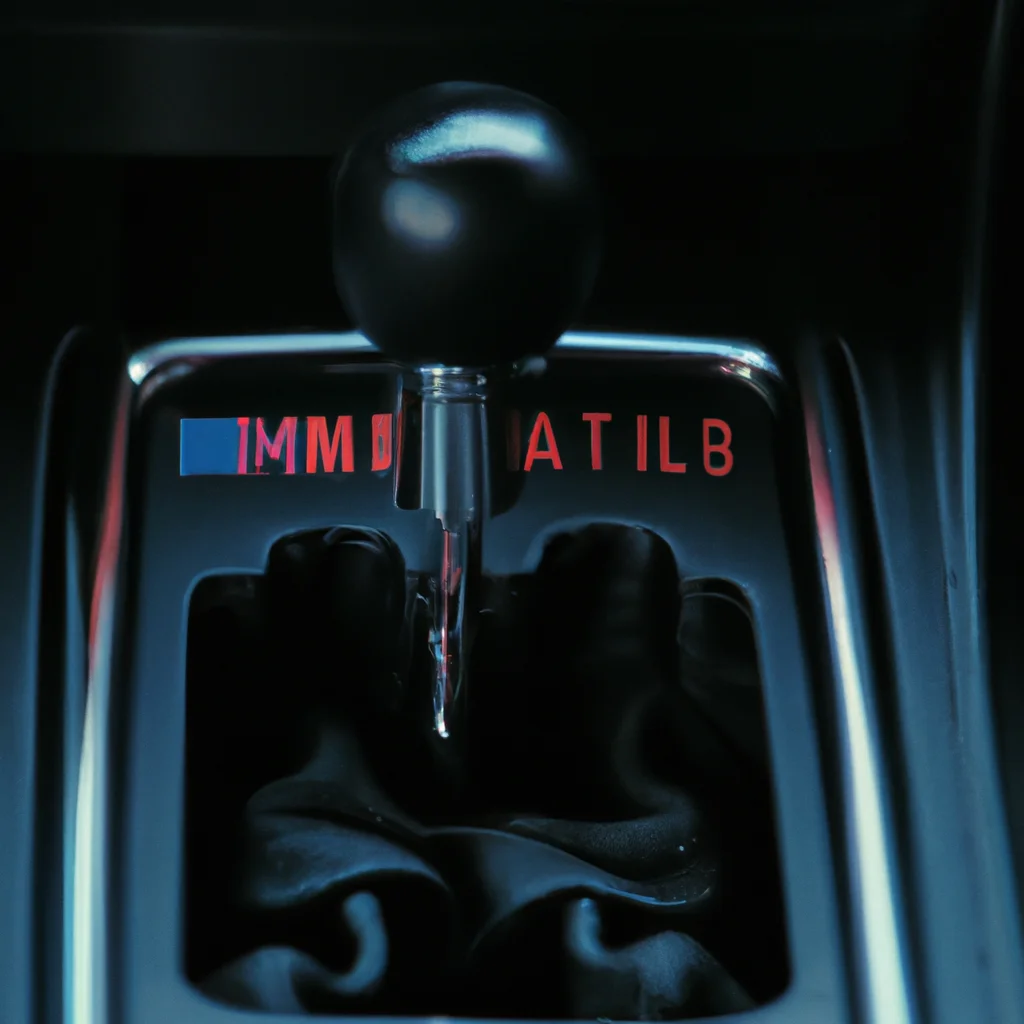How does an automatic transmission change gears?


How does an automatic transmission change gears?
An automatic transmission is a complex and sophisticated system that controls the power flow from the engine to the wheels of a vehicle. It allows the driver to change gears without having to manually engage the clutch, making driving easier and more comfortable. In this article, we will discuss how an automatic transmission changes gears, the components involved and how to maintain and repair it.
How Does an Automatic Transmission Change Gears?
An automatic transmission has a gearbox that contains a set of gears that are used to transfer power from the engine to the wheels. The gearbox is connected to the engine via a torque converter, which is a fluid coupling that transmits power from the engine to the transmission. The torque converter spins the transmission input shaft, which is connected to the gearbox.
The gearbox contains several sets of gears, each with a different gear ratio. The gear ratio determines the speed at which the wheels turn in relation to the engine speed. The gear selector in the car allows the driver to select the desired gear ratio. The transmission control unit (TCU) receives information from various sensors in the car, such as the speed sensor, throttle position sensor, and others, and uses this information to determine the appropriate gear ratio for the driving conditions.
When the driver selects a gear, the TCU sends a signal to a solenoid in the transmission that activates the corresponding clutch pack. The clutch pack engages the selected gear, and the power from the engine is transmitted to the wheels through the output shaft. As the vehicle accelerates, the TCU continuously monitors the driving conditions and adjusts the gear ratio accordingly.
Components of an Automatic Transmission
An automatic transmission has several components that work together to change gears smoothly and efficiently. These components include:
– Gearbox: A set of gears that transmit power from the engine to the wheels.
– Torque converter: A fluid coupling that transmits power from the engine to the transmission.
– Clutch packs: Sets of plates that engage and disengage to change gears.
– Valve body: A hydraulic control unit that regulates the flow of transmission fluid to the clutch packs.
– Transmission fluid: A special type of oil that lubricates and cools the transmission components.
Maintaining and Repairing an Automatic Transmission
Like any other mechanical system, an automatic transmission requires regular maintenance to function properly. The most important maintenance task is to change the transmission fluid at the recommended intervals. Transmission fluid degrades over time and can cause damage to the transmission if not replaced. The transmission filter should also be replaced at the same time as the fluid.
If your automatic transmission is not shifting gears properly, it may be due to a problem with one of the components. Common transmission problems include slipping, rough shifting, and delayed engagement. If you experience any of these symptoms, you should have your transmission inspected by a qualified mechanic.
Transmission repair can be expensive, so it’s important to take good care of your transmission. In addition to regular fluid and filter changes, you should avoid harsh driving conditions, such as towing heavy loads or driving in stop-and-go traffic for extended periods.
Conclusion
An automatic transmission is a complex and sophisticated system that allows drivers to change gears without having to manually engage the clutch. It works by using a set of gears that transmit power from the engine to the wheels. The gearbox is connected to the engine via a torque converter, and the gear selector allows the driver to select the desired gear ratio. Regular maintenance, such as fluid and filter changes, is essential to keep the transmission functioning properly. If you experience any transmission problems, it’s important to have it inspected by a qualified mechanic to avoid costly repairs.
Recent Posts
How do I create an engaging and informative online quiz or assessment?
Creating an engaging and informative online quiz or assessment can be a powerful tool for… Read More
What are the most effective methods for managing and reducing work-related stress in the hospitality industry?
Work-related stress is a common issue in the hospitality industry, where employees often face long… Read More
How can I improve my assertiveness and communication skills in a leadership position?
In a leadership position, assertiveness and effective communication skills are crucial for success. Being able… Read More
What are the key elements of a successful employee recognition and rewards program?
Employee recognition and rewards programs play a crucial role in motivating and engaging employees, as… Read More
How do I effectively manage and respond to customer feedback and reviews?
Customer feedback and online reviews play a crucial role in shaping a company's reputation and… Read More
What are the best strategies for effective time management as a stay-at-home parent?
Effective time management is crucial for stay-at-home parents who juggle multiple responsibilities on a daily… Read More